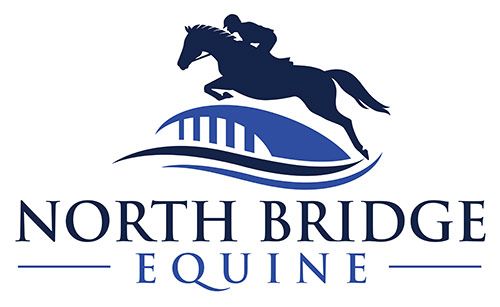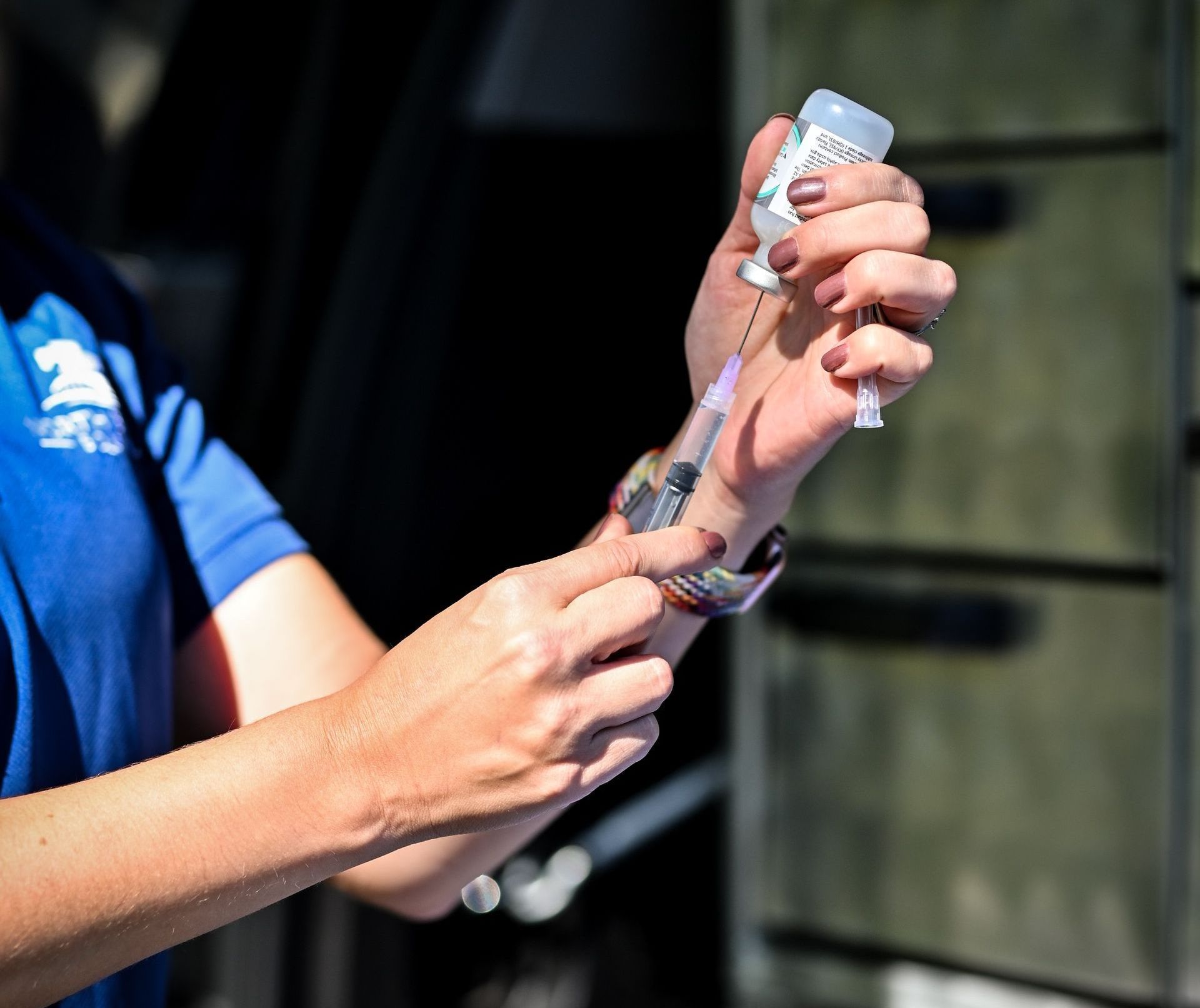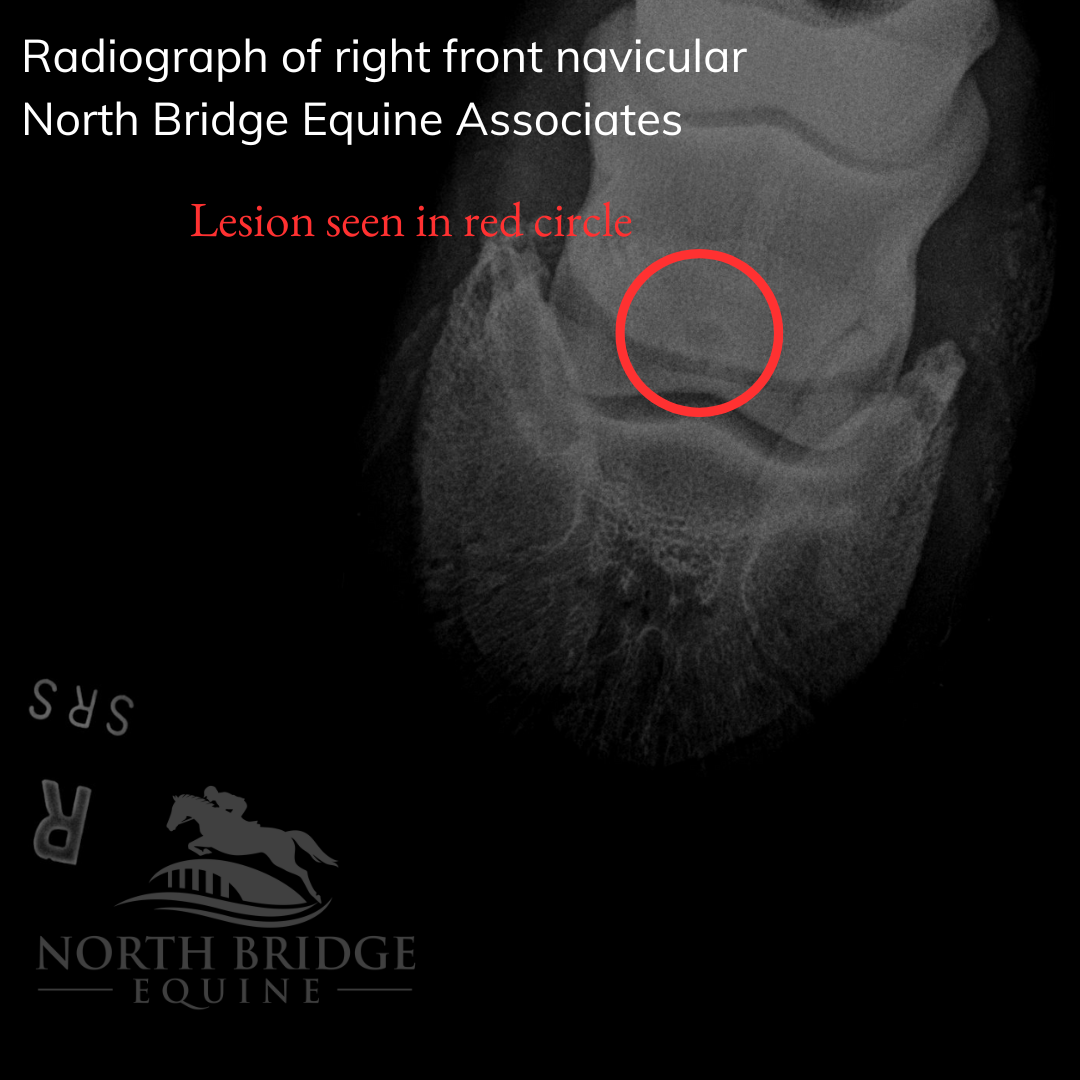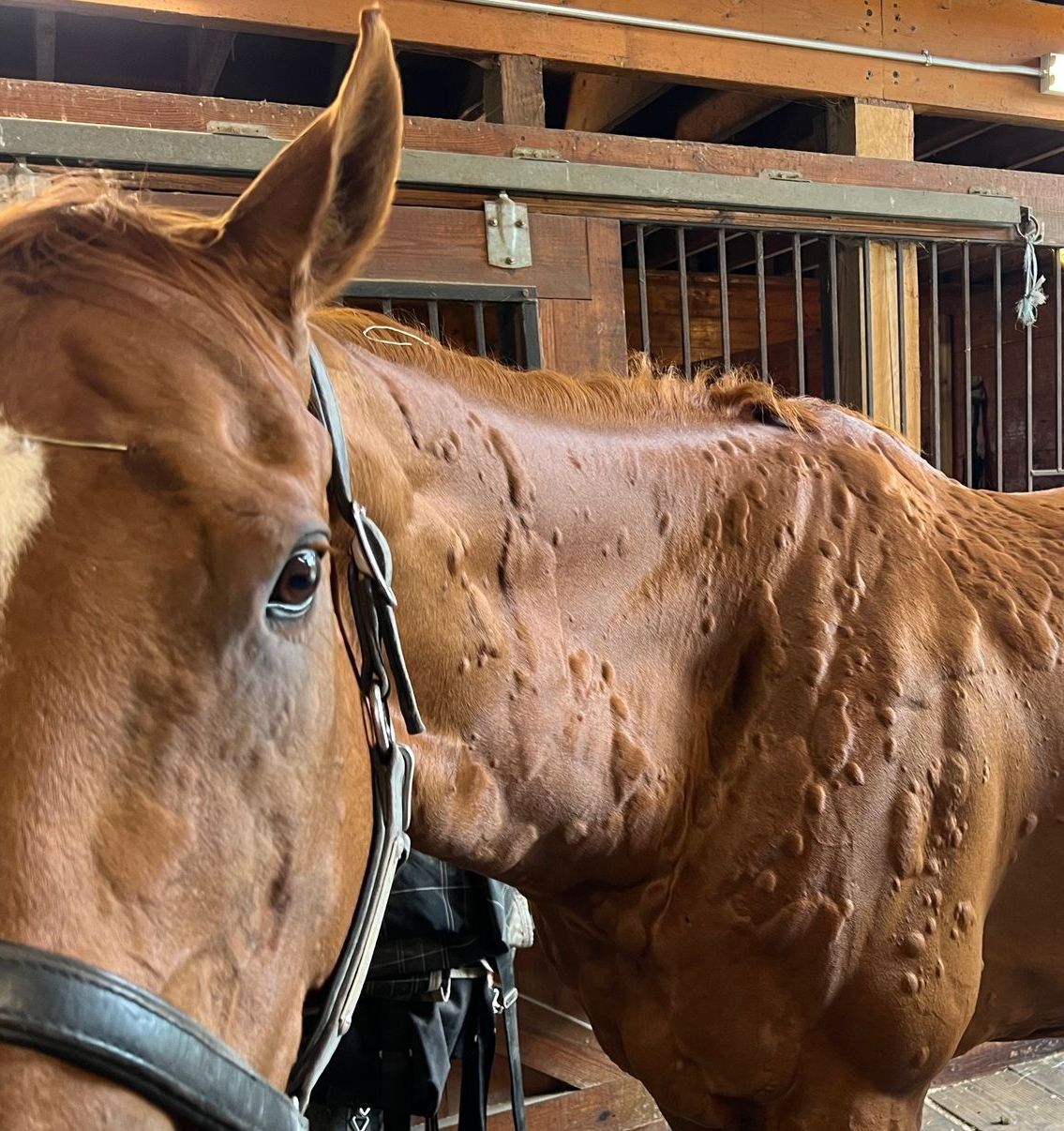Blog
Announcing our 2025 Winter Educational Seminar
- By North Bridge Equine Team
- •
- 17 Feb, 2025
Get out of the cold and join us in-person or virtually.

March 14th, 2025, where we will dive into the important topic of "Identifying Causes of Poor Performance in the Equine Athlete and Companion."
This year, we're excited to offer a hybrid format, allowing you to participate either in-person (spaces limited) or virtually via live stream, ensuring everyone can join us from the comfort of their own barn or home. This seminar presents a unique opportunity for you to connect with fellow equestrians and gain invaluable insights from our esteemed presenters, who are experts in equine health and performance.
By attending, you will learn about health-based performance issues, ensuring your horse can reach their full potential, whether they are competing at high levels or simply enjoying their time as a beloved companion. We eager to share knowledge, answer questions, and foster an environment of learning and growth.
Don't miss out on this chance to enhance your understanding and care for your equine partners! Reserve your spot today and be part of an educational experience that reflects the trust and communication North Bridge Equine embodies in providing specialized equine care. We can't wait to see you there!
To register visit our link: NBEA Educational Seminar
Recent Posts
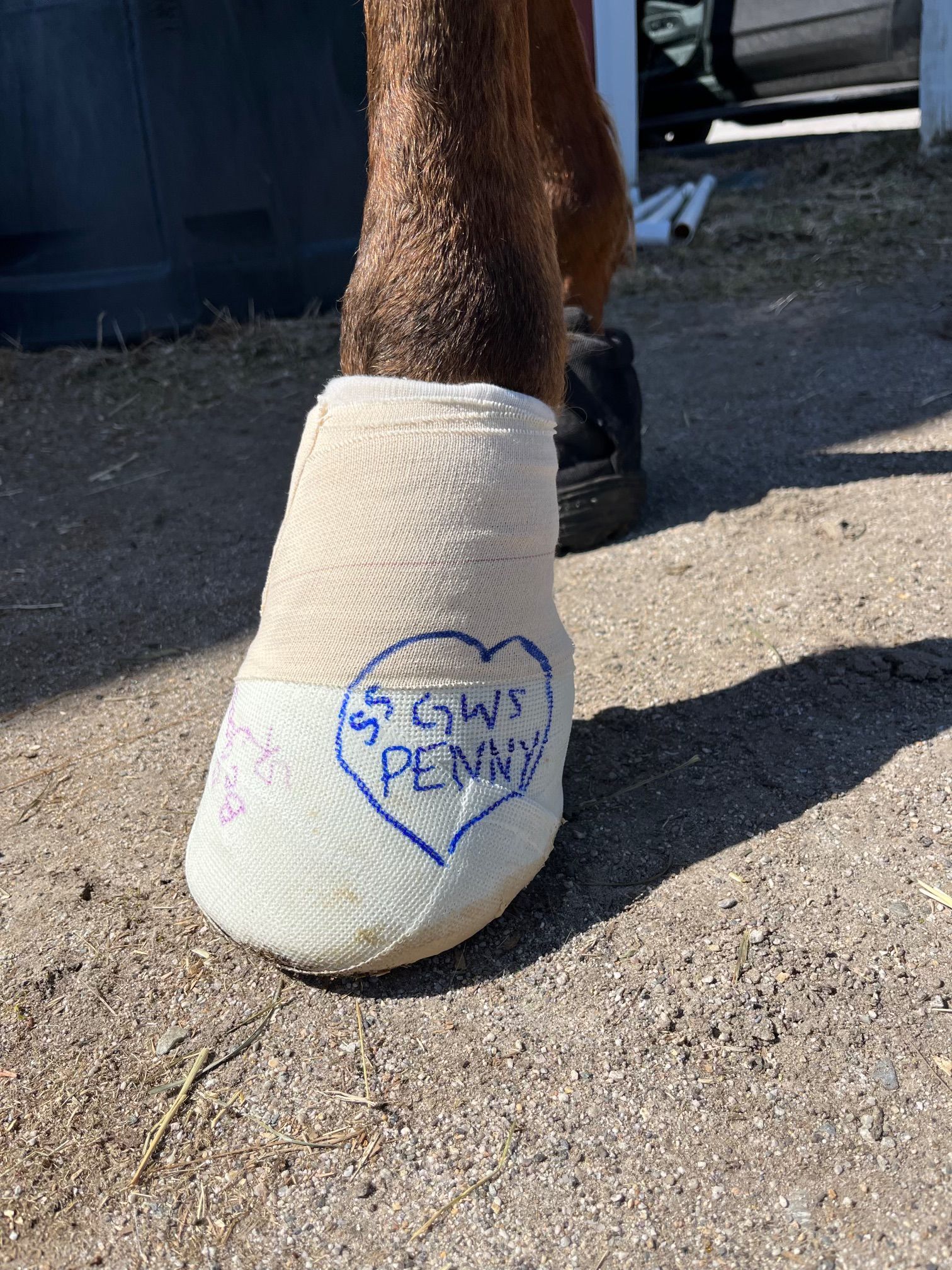

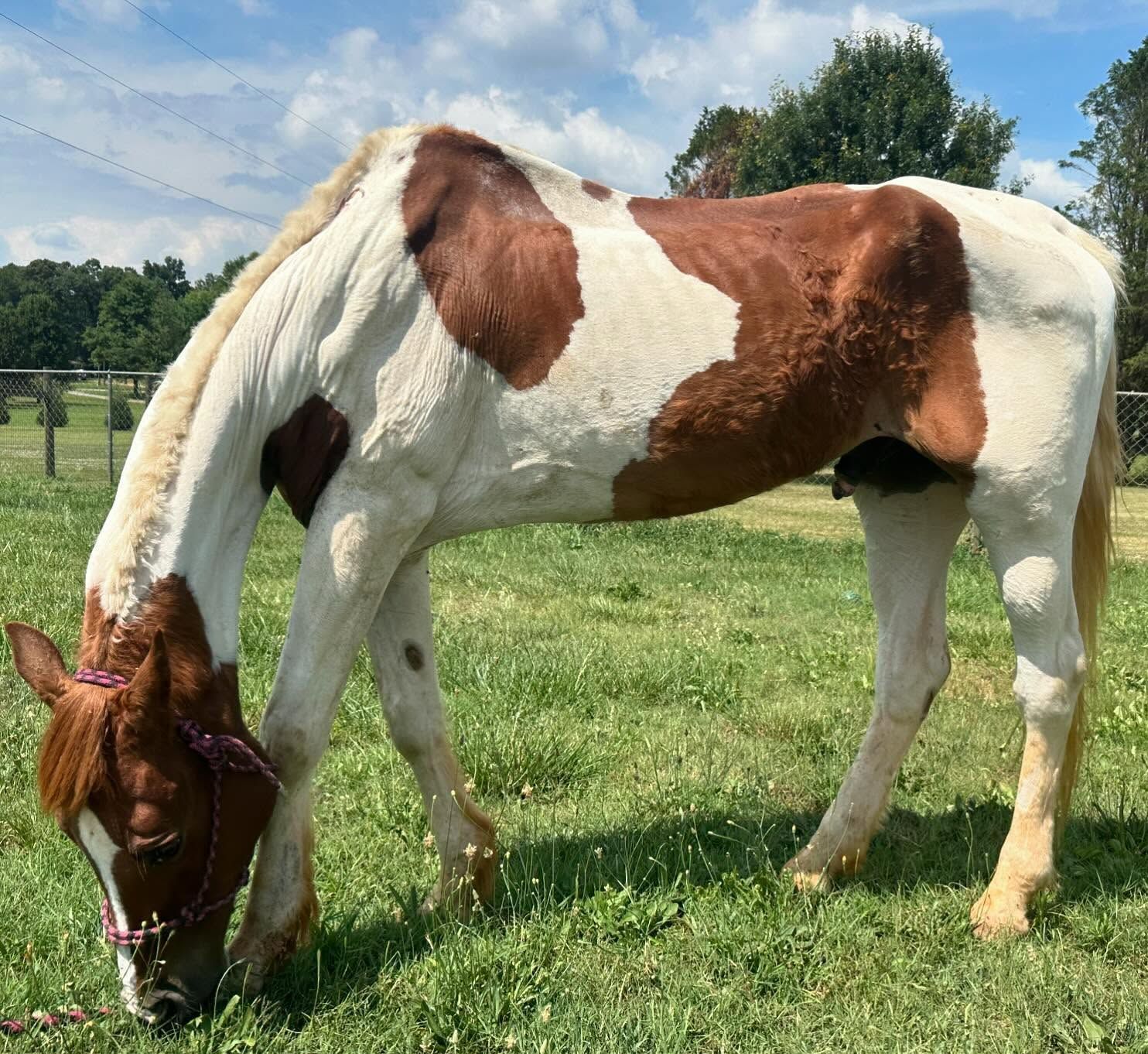
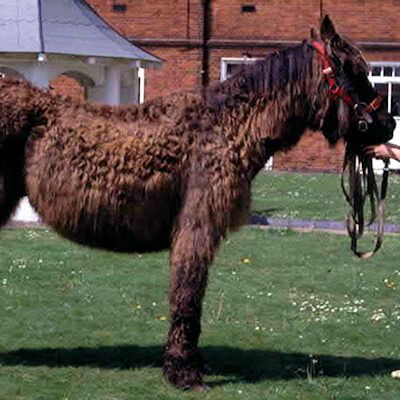
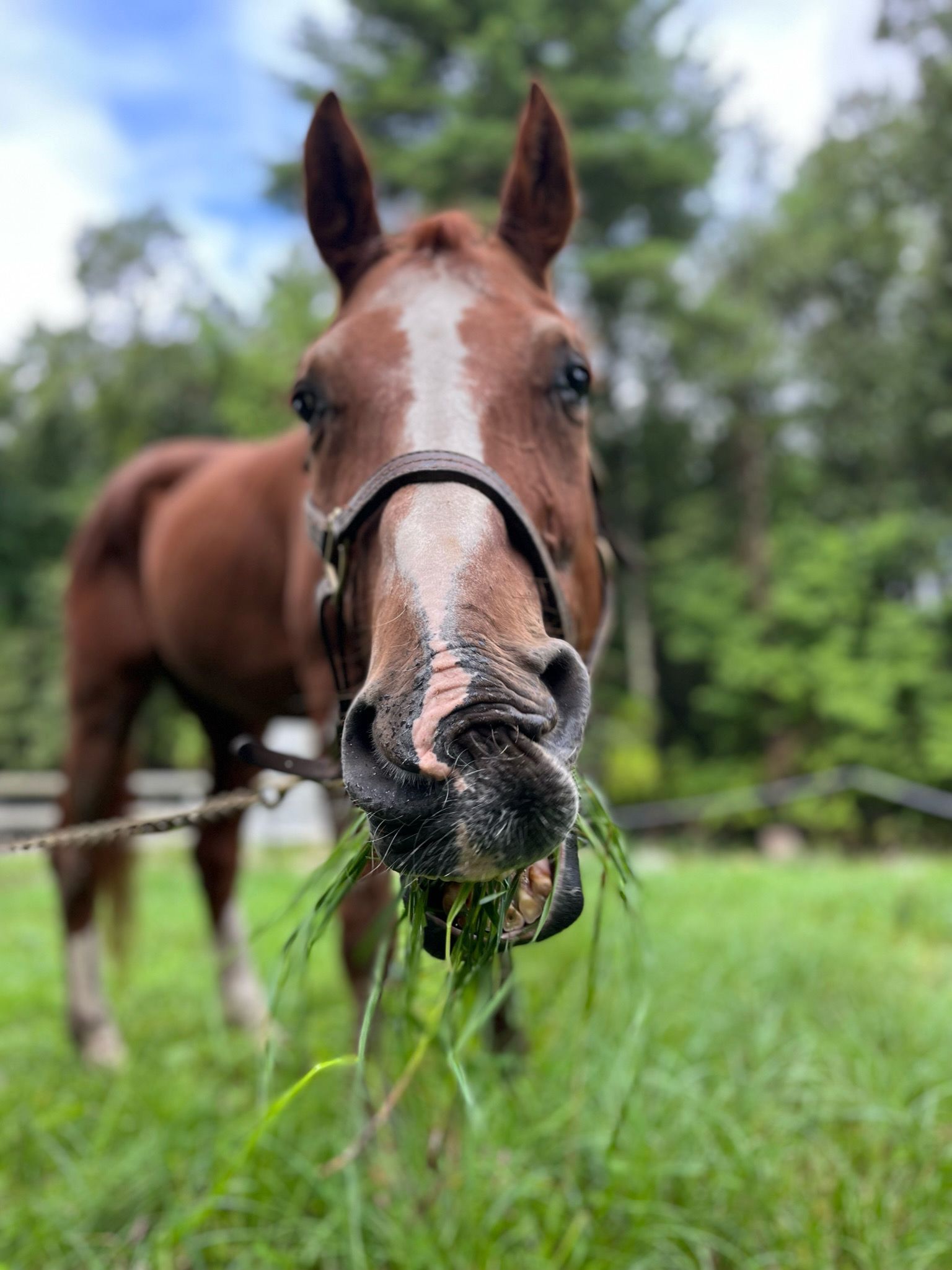
Pasture Management for Springtime Grass
After months of barren ground or snow covered fields, we are slowly starting to see the gorgeous signs of spring in New England once again. The horses are shedding and eagerly awaiting any chance they have to nibble some delicious green grass. Below we provide very helpful guidelines for the slow controlled introduction to keep our horses safe and healthy.
Horses that always live outside have the benefit of mother nature's slow introduction to grass as it grows through the first weeks of spring. Horses living in stalls with only partial day turnout have to be more strictly controlled in their introduction to pasture to prevent the serious trouble that can occur with too much fresh grass too quickly. Over indulgence in grass can result in gas colic and laminitis. So what can you do to protect your horse from the potential hazards of too much grass too quickly?
Here are guidelines to assist you in coming up with a pasture introduction plan:
Horses on 2-12 hours a day of pasture:
If you have limited pasture but still want your horse to reap the benefits of daily turnout you probably fall into this category. Most horses in a boarding situation with access to grass will be in this group. Take care to closely follow a pre-determined time scale of introduction for these horses. We recommend the following graduated schedule:
Days 1-3: 20 min/day
Days 4-6: 1hr/day
Days 6-9: 2 hrs/day
Days 10-12: 3 hrs/day
Day 13 and beyond: unlimited in horses who are not overweight or sensitive.
You can also use a grazing muzzle (see below) if you need to introduce pasture more rapidly. With a grazing muzzle you can add 20 min per day of turnout until on full turnout. Once on full turn out keep muzzle on for about a week then alternate every other day for a week then it should be safe to remove the grazing muzzle.
